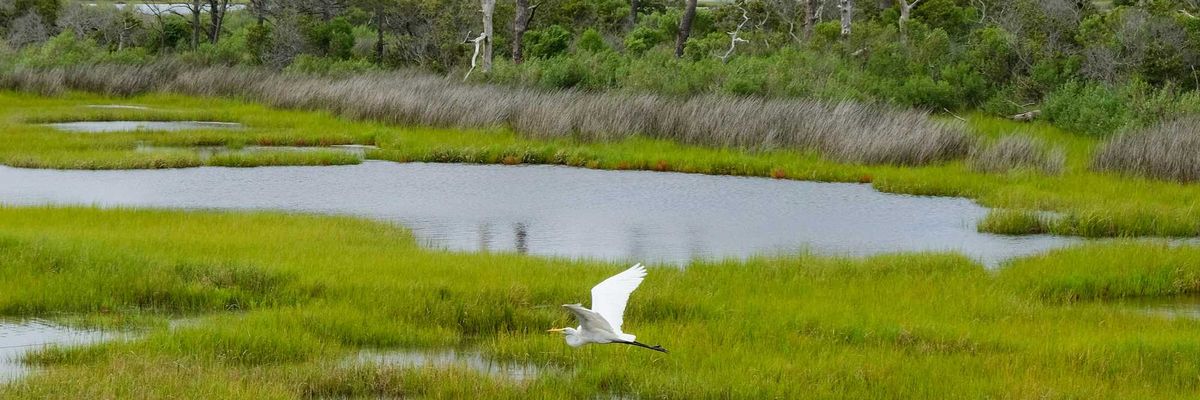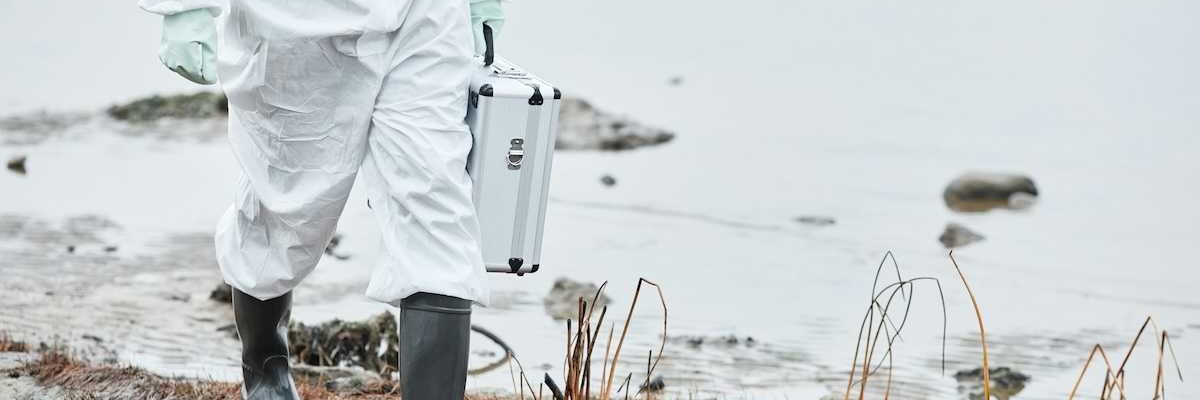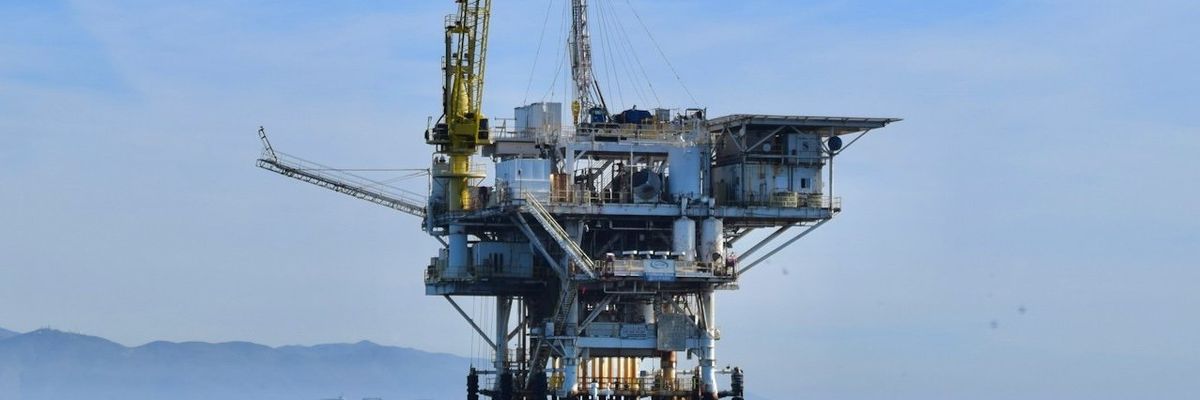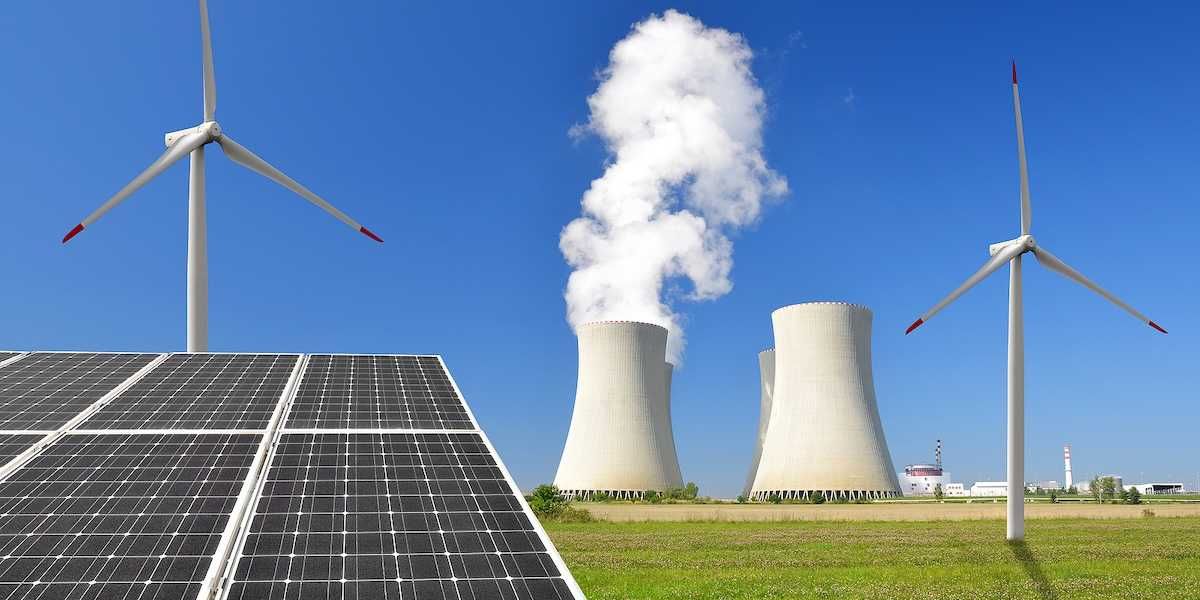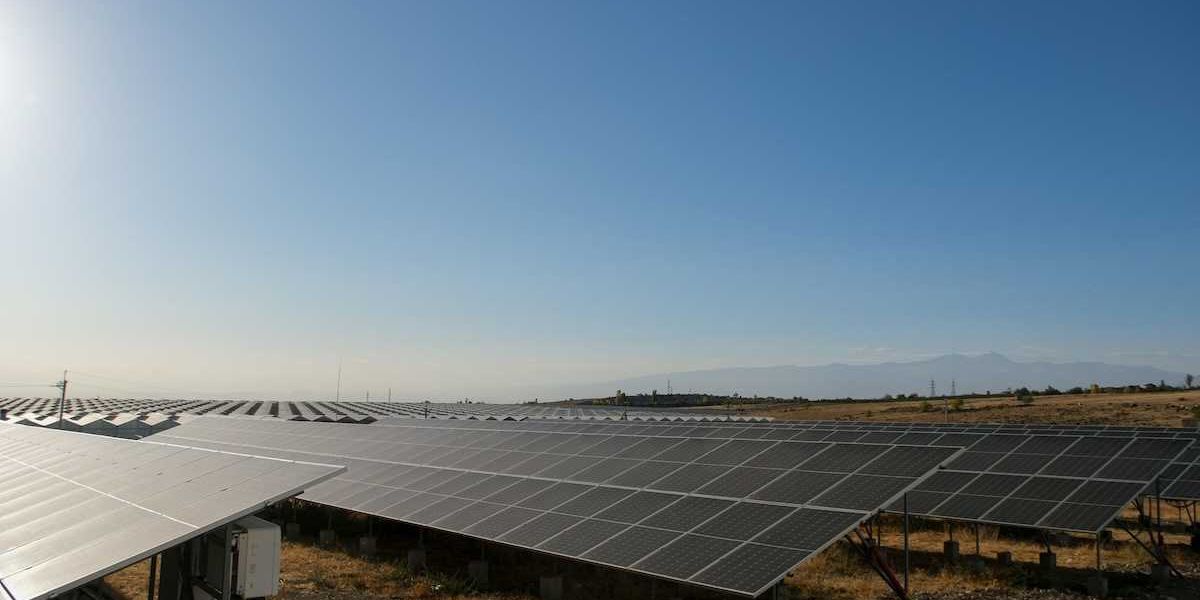nasa.gov
Lake Mead: Levels lowest since 1937
Waters haven't been this low since the reservoir was being filled, and comes as 74 percent of nine Western states face some level of drought.
Changing Pacific conditions raise sea level along U.S. West Coast
Ask your average resident of California, Oregon or Washington to name the natural hazard that concerns them most and sea level rise probably won't bubble to the top of the list. After all, the region is better known for its wildfires, earthquakes, heat waves, and mudslides. But those who live along the coastline know better.
With thick ice gone, Arctic sea ice changes more slowly
Far northern permafrost may unleash carbon within decades
Permafrost in the coldest northern Arctic - formerly thought to be at least temporarily shielded from global warming by its extreme environment - will thaw enough to become a permanent source of carbon to the atmosphere in this century, with the peak transition occurring in 40 to 60 years, according to a new NASA-led study.
What climate change means for glaciers, storms, fires, clouds and more
It is very likely that human activities have contributed to observed Arctic warming, sea ice loss, glacier mass loss, and a decline in snow extent in the Northern Hemisphere.

